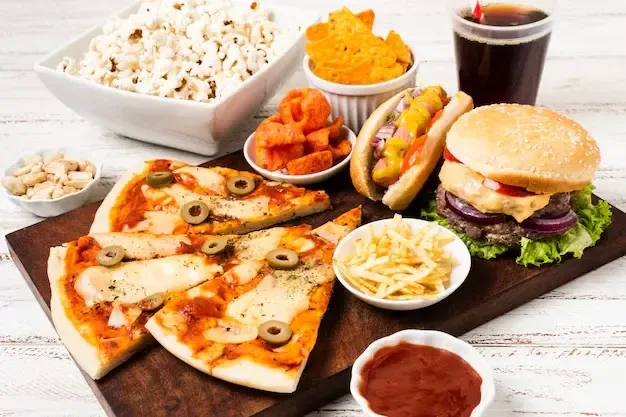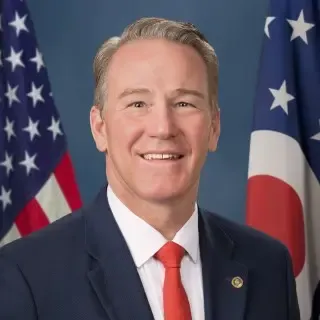South Australia Implements Ban on Junk Food Advertising in Public Transport

Canberra, Jan 12 (NationPress) South Australia (SA) has taken a groundbreaking step by becoming the first state in Australia to prohibit junk food advertisements on public transport in a bid to address the rising issue of obesity and to advocate for healthier diets.
This regulation, set to take effect on July 1, 2025, will ban the display of images related to unhealthy products such as chocolate, lollies, confectionery, desserts, ice creams, soft drinks, and chips on public buses, trains, and trams, as reported by Xinhua news agency.
Research has shown that marketing for food and drinks can significantly influence a child's knowledge about nutrition, their food preferences, and their eating habits. Moreover, the advertisement of unhealthy food and beverages has been associated with rising rates of obesity and type 2 diabetes, experts indicated.
According to Jane Martin from the Food for Health Alliance, “Junk food marketing has a very strong and persuasive impact on what our children consume.” The Australian Broadcasting Corporation (ABC) reported her saying, “It’s crucial that these advertisements are regulated at the state level because they are pervasive, reaching children not just through TV and digital media but also during their commute to school.” Martin emphasized the concern over children being inundated with fast-food marketing everywhere they go, suggesting it would be beneficial if healthy options like broccoli and carrots received more promotion compared to fast-food deals.
Statistics reveal that over 63 percent of adults and 35 percent of children in SA are overweight or obese, with projections indicating an increase of an additional 1,900 children and 48,000 adults over the next five years if no measures are taken, according to government data.
Currently, nearly 80 percent of food and drink advertisements on SA buses feature unhealthy products, as noted by the Cancer Council SA.
The ban aims to lessen exposure to unhealthy food and drink marketing and is anticipated to lead to a decrease in the purchase of such products. This follows a public consultation that involved key stakeholders, including public health organizations, the food and beverage sector, and the advertising industry.










